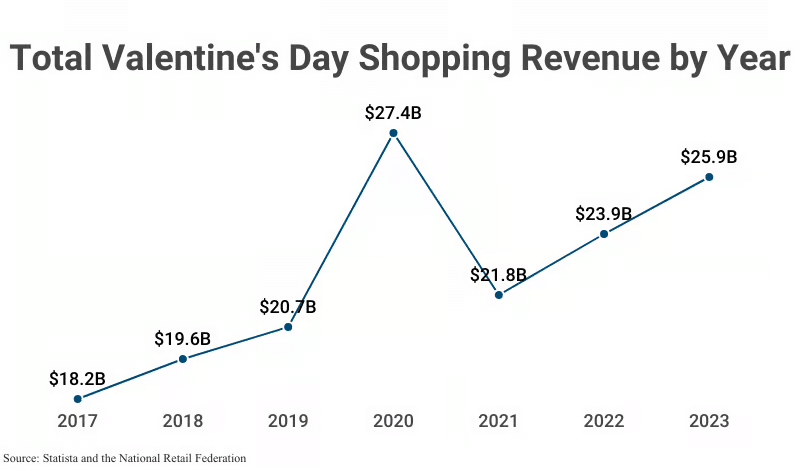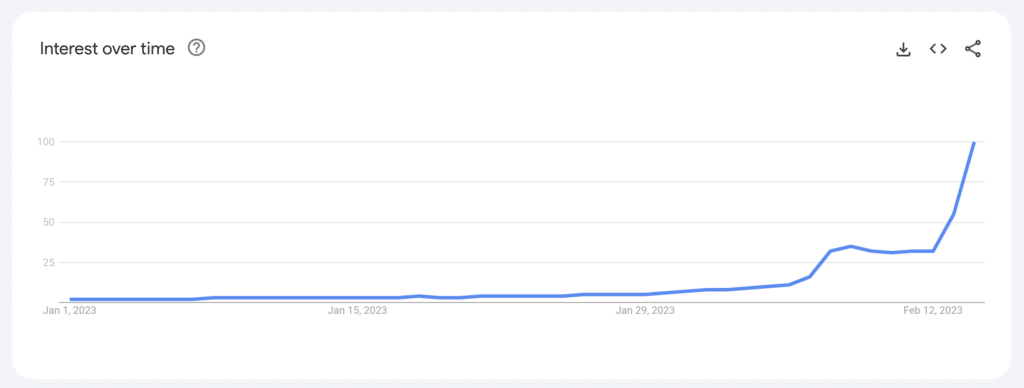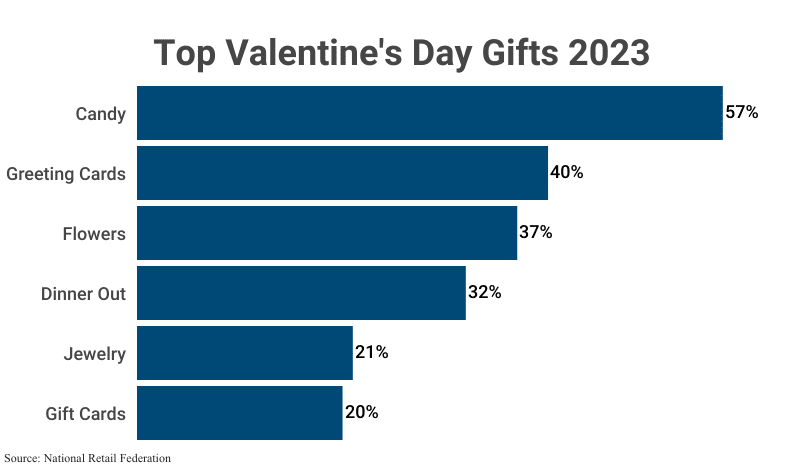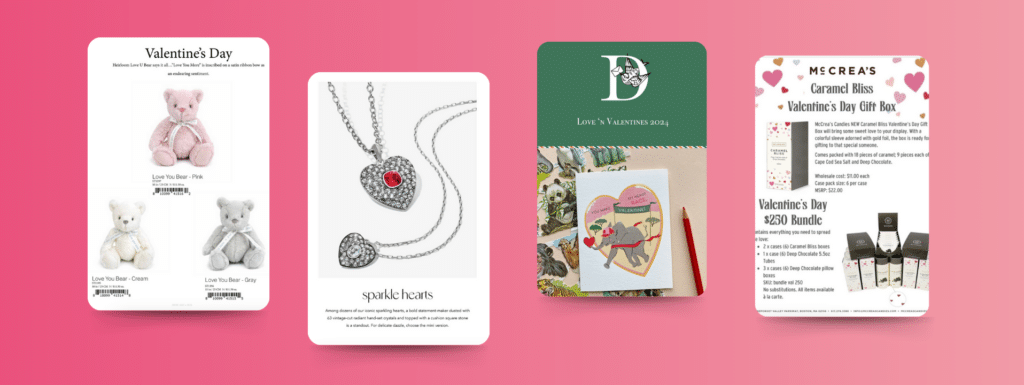Valentine’s Day Gift Guide: In the US, sales revenue on Valentine’s Day in 2023 reached $25.9B, up 8.37% year-over-year (YoY), as reported by Capital One Shopping. Spending took a dip in 2021 but has steadily started growing YoY again.

Moreover, the average spend per American consumer on Valentine’s Day gifts last year was $192.80, up 9.91% YoY.
Consumers aren’t just buying gifts for their significant other. They buy them for their teachers, kids, colleagues, and pets! This change in consumer behavior is giving rise to higher AOVs.
So, how can you capture shoppers who are not only going to be wanting to splash out more than previous years come February 14th but who may want to buy gifts or treats for others close to them?
We’ve explained why you should publish a holiday season gift guide in other posts. There are also a handful of other significant benefits to publishing for Valentine’s Day:
- Gift Guides are a good way to increase AOV by creating gift bundles
- A gift guide is a convenient marketing tool to help you engage with shoppers early, before the day begins, and inspire them.
- Gift Guides make it easy to collate your most popular products for Valentine’s Day and encourage a quick, seamless buyer journey
- Not everybody plans ahead for Valentine’s Day, so a gift guide can help you capture more last-minute shoppers.
- It can increase the performance of your email marketing campaigns.
- You can easily track performance, allowing you to improve your strategy each year
- Publitas Digital Catalogs are fully SEO optimised
Read on to discover how a Valentine’s Day gift guide can help you maximize your sales revenue.
Content marketing for Valentine’s Day at a glance and actionable tips
After Black Friday (BF) and Cyber Monday, Valentine’s Day is the highest day of the year for consumer eCommerce spending — and the marketing tactics and strategies you may have employed over the BF holiday season can also work well for Valentine’s Day.
When shoppers are looking for Valentine’s Day gifts, they don’t want to spend hours searching, configuring filters, and bouncing from window to window. They want it to be quick, painless, and hassle-free. A Valentine’s Day gift guide or thematic special can be a great way to achieve this:


For some industries, like hospitality and jewelry, Valentine’s Day is a boon for driving sales and showing customers how their products or services can make the day memorable. But starting your marketing efforts early and peak shopper interest a few weeks before the day is essential.
Generally, the worldwide search volume for February 14th starts to climb about two weeks before:

Of course, the above data from Google Trends only tells us what’s generally happening — so more data is needed to capitalize on your content marketing efforts.
The NRF has published some insightful data on consumer behavior for Valentine’s Day in the past. And we’ve used this to give you some other actionable tips, insights, and strategies for Valentine’s Day marketing:
- Upsell and cross-sell aggressively. AOVs during Valentine’s Day are high. Shoppers aged 35-44 are the biggest spenders at $358.78 per order. Ages 25-34 spent $307.51, and 18-24-year-olds on average spent $109.31.
- Men are the biggest spenders. They tend to spend around $291.15 per visit. Women spend $106.22 on average.
- Target shoppers with pet gifts: 27% of consumers said they would buy Valentine’s gifts for their pets.
- Consumers are willing to spend on people other than their spouses: they spent an average of $30.19 on family members other than spouses, $14.69 on friends, $14.45 on children’s classmates and teachers, $12.96 on coworkers, $12.21 on pets and $10.60 on others.
Top categories and spending habits:
- Shoppers spend the most on Valentine’s jewelry, budgeting a total of $5.5 billion in 2023
- More consumers (57%) purchase candy than any other Valentine’s Day gift item
- 35% of Valentine’s Day spending in 2023 was online, down 14.6% YoY
- Department stores accounted for 34% of 2023 Valentine’s Day shopping; discount stores accounted for 31%

A Valentine’s Day gift guide can be a channel for you to capitalize on these trends
Undoubtedly, you’ve primed your website to capture Valentine’s Day shoppers and customers, but as we mentioned earlier, a Valentine’s Day gift guide takes the chore out of gift shopping, and it can increase AOV.
Here are several Valentine’s Day gift guides and specials that you can look at for inspiration:
Want to publish your own Valentine’s Day Special? Feel free to contact us.

